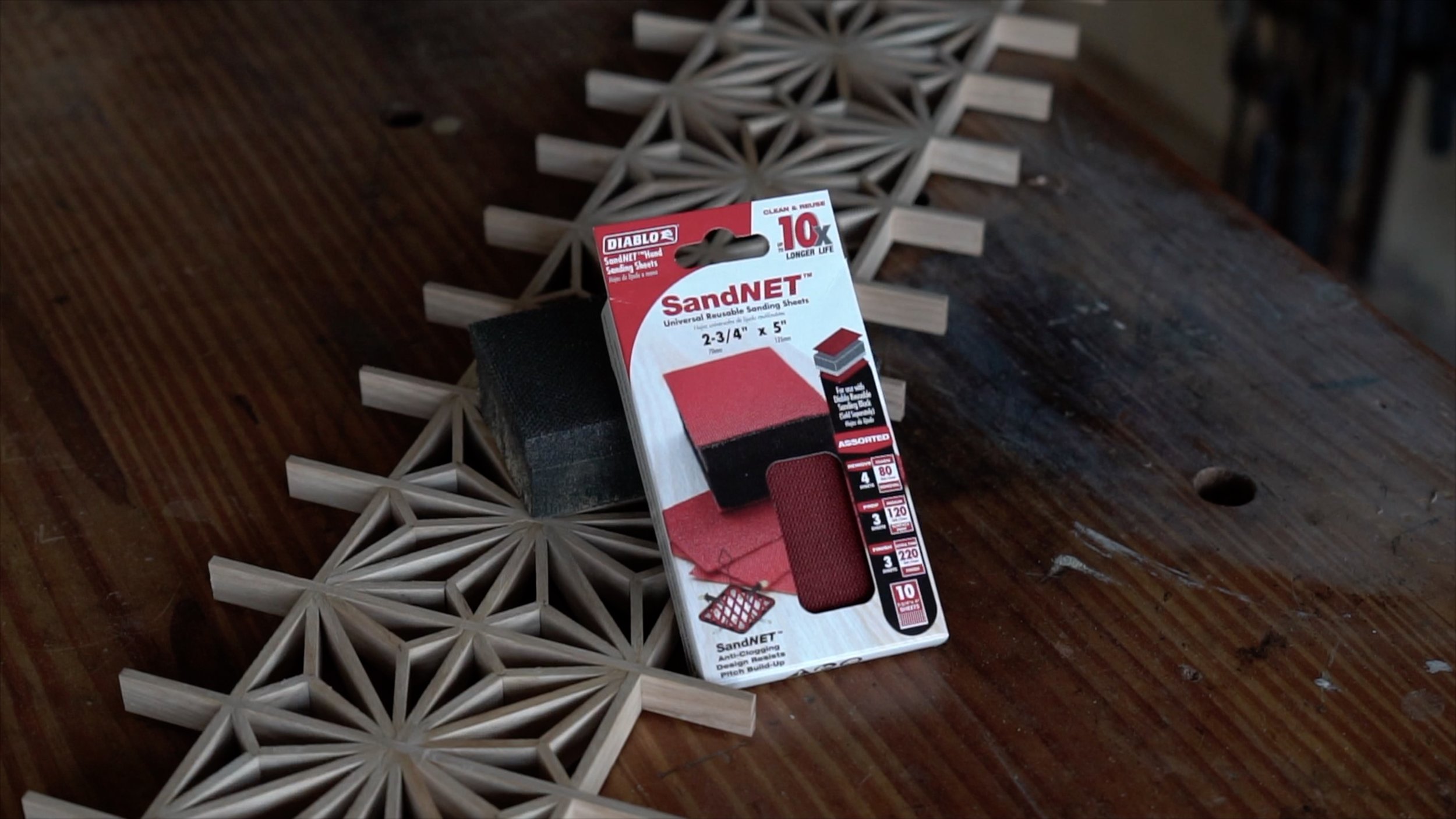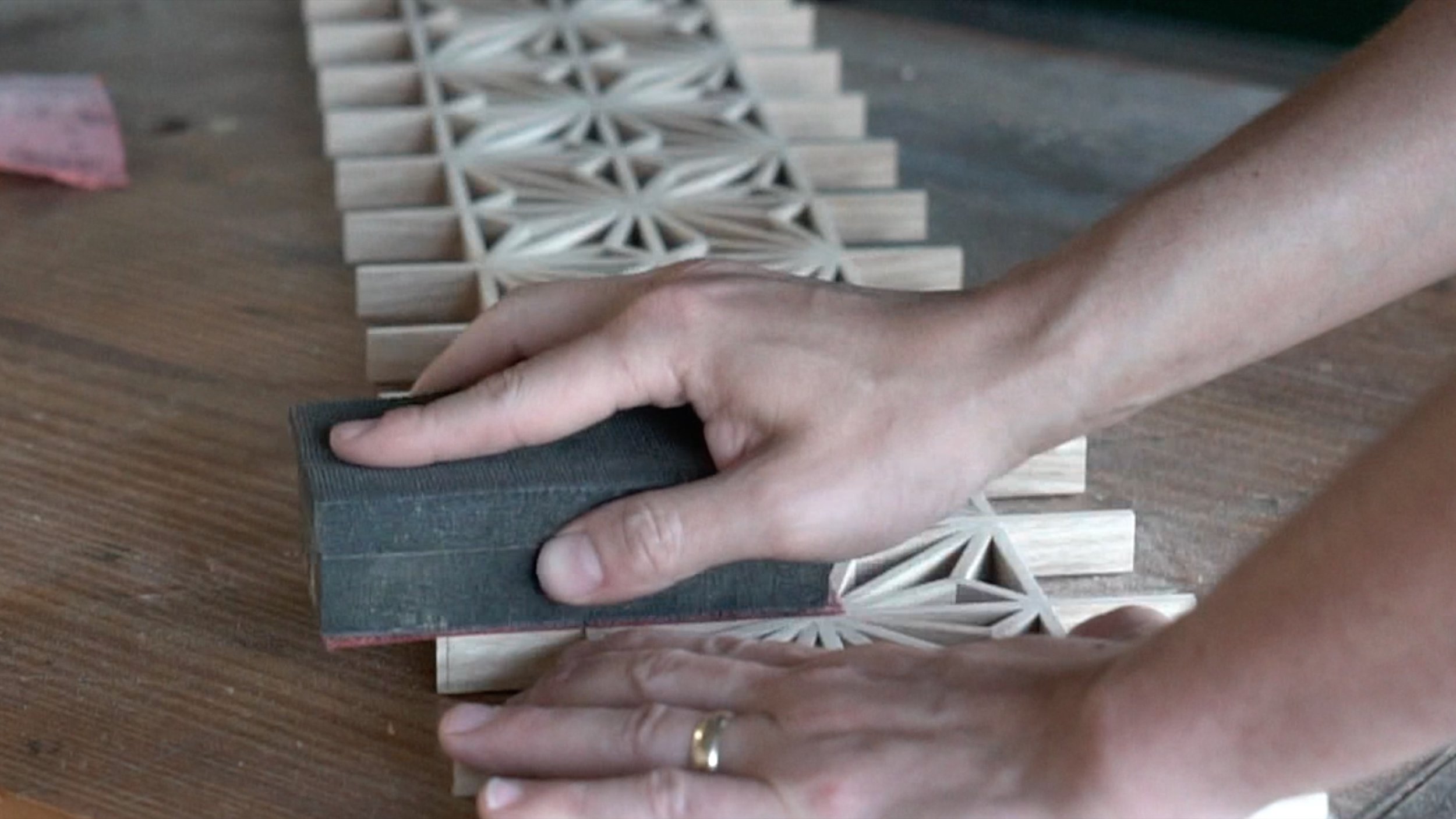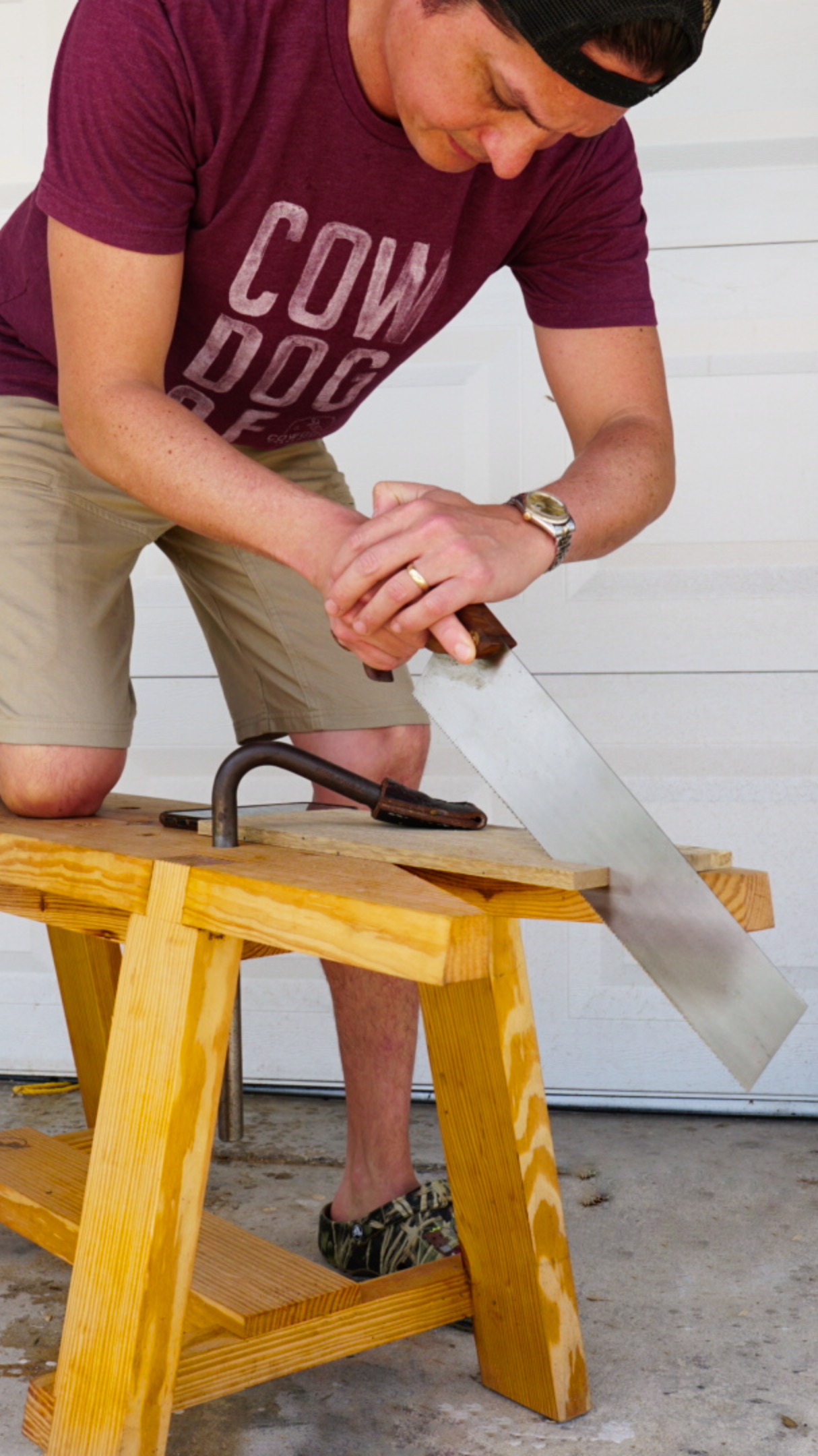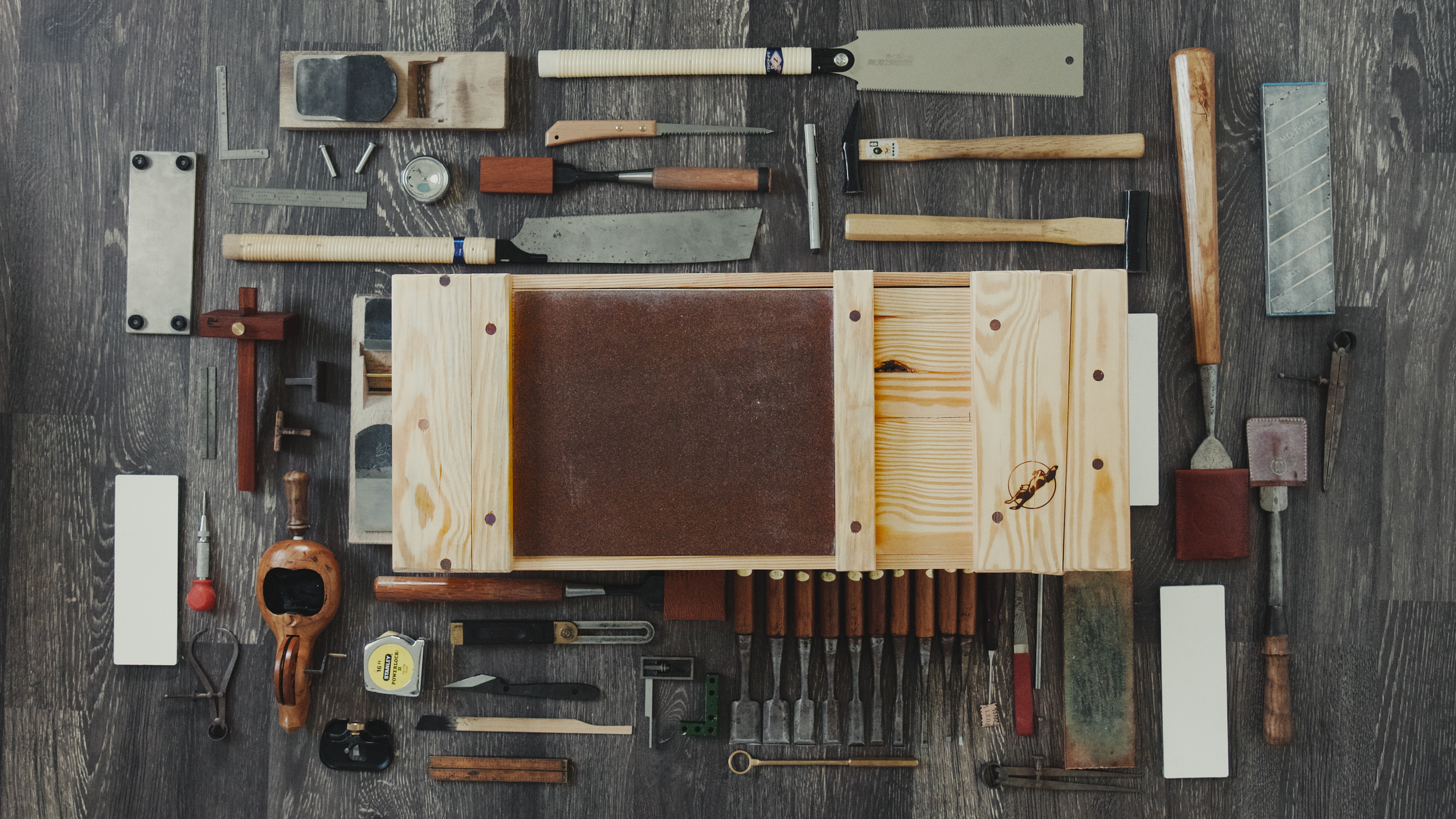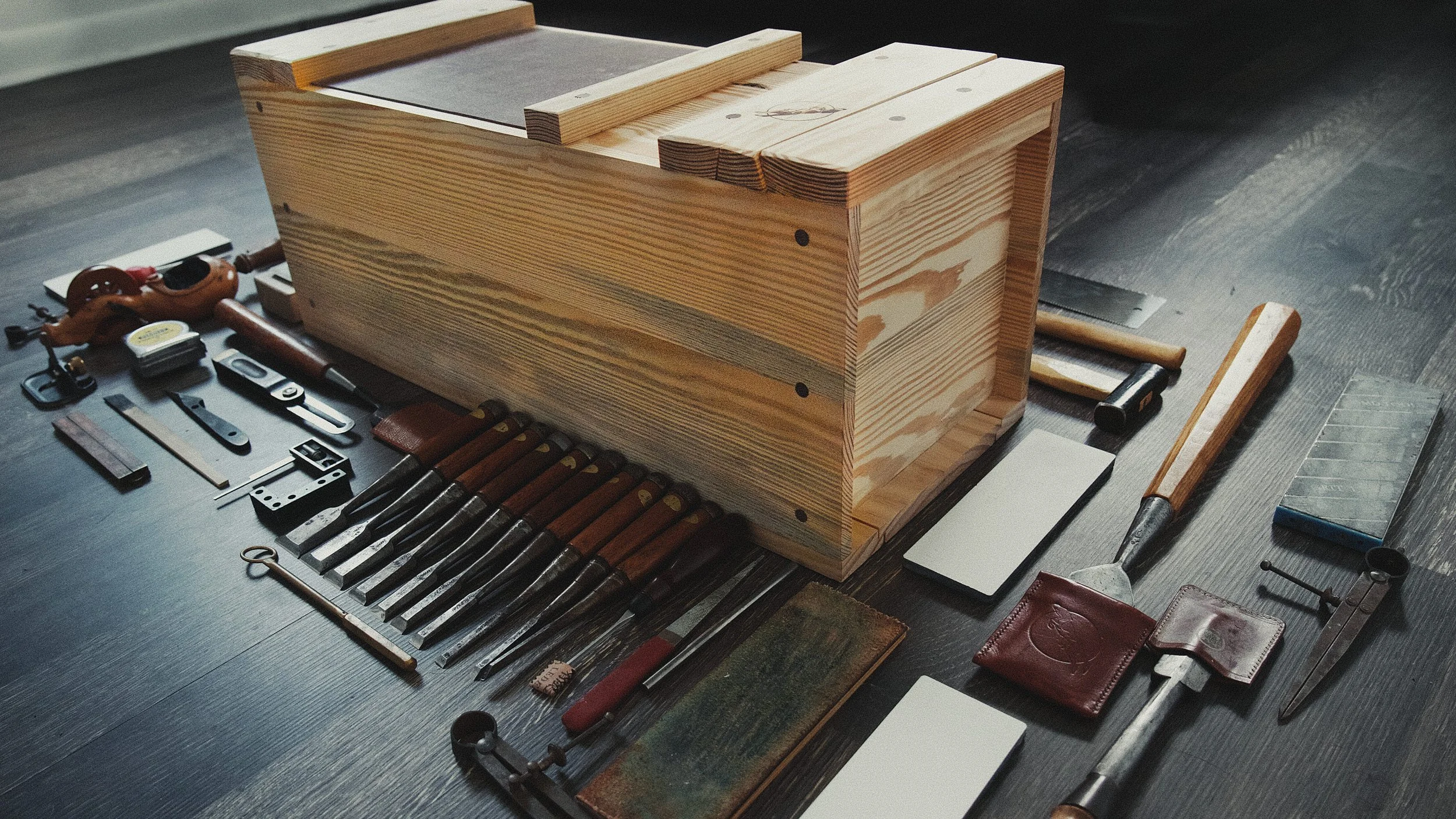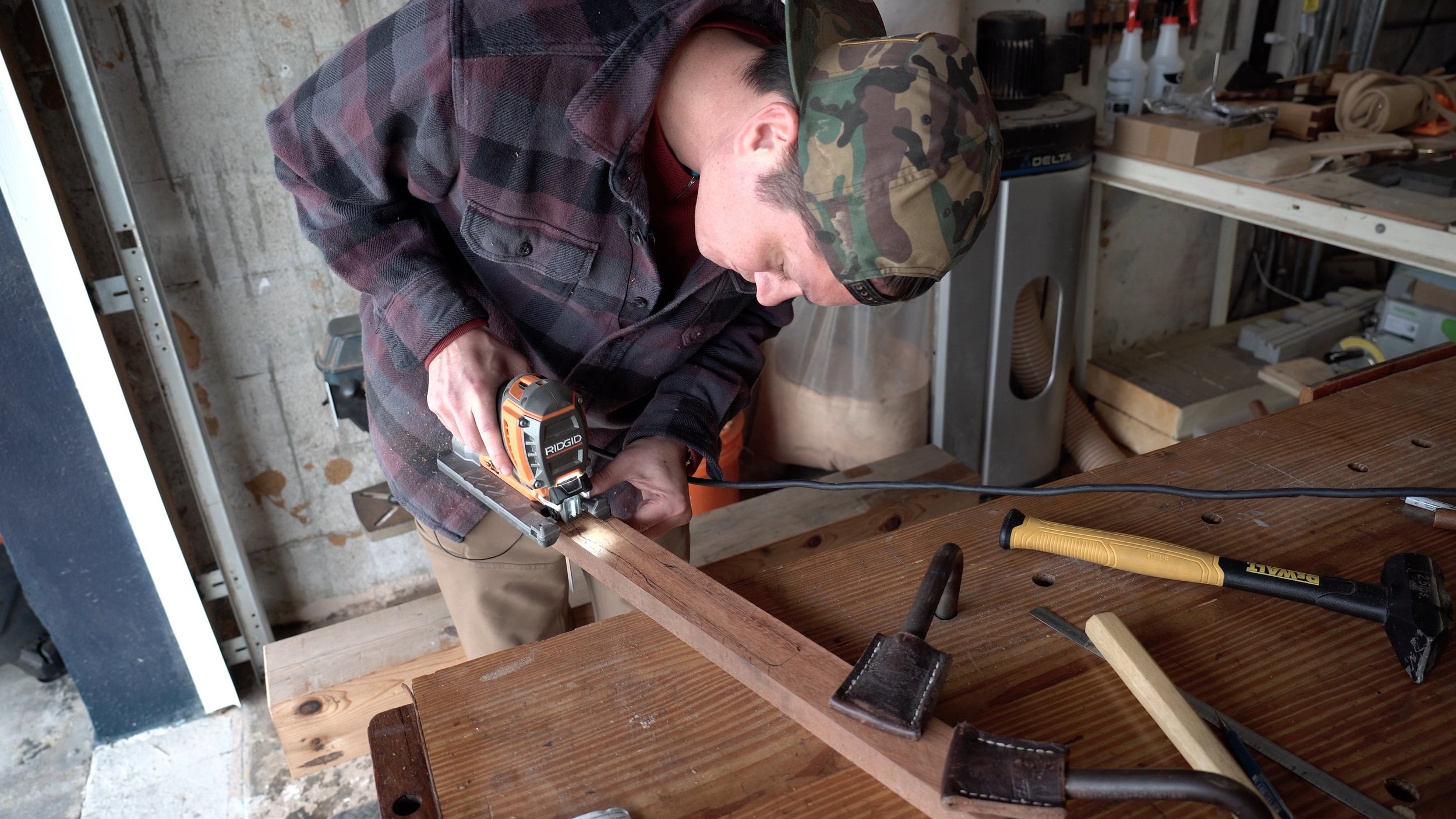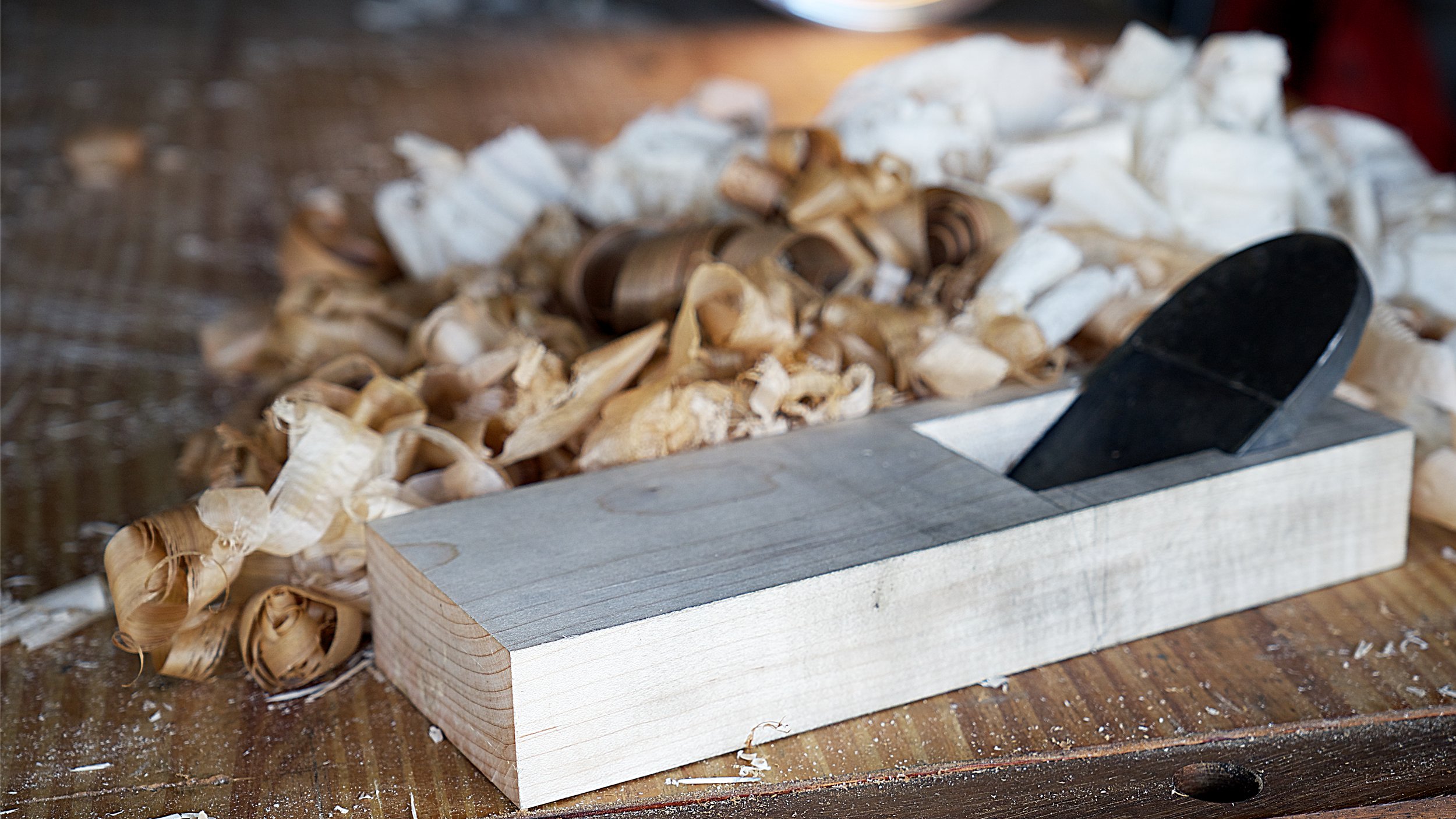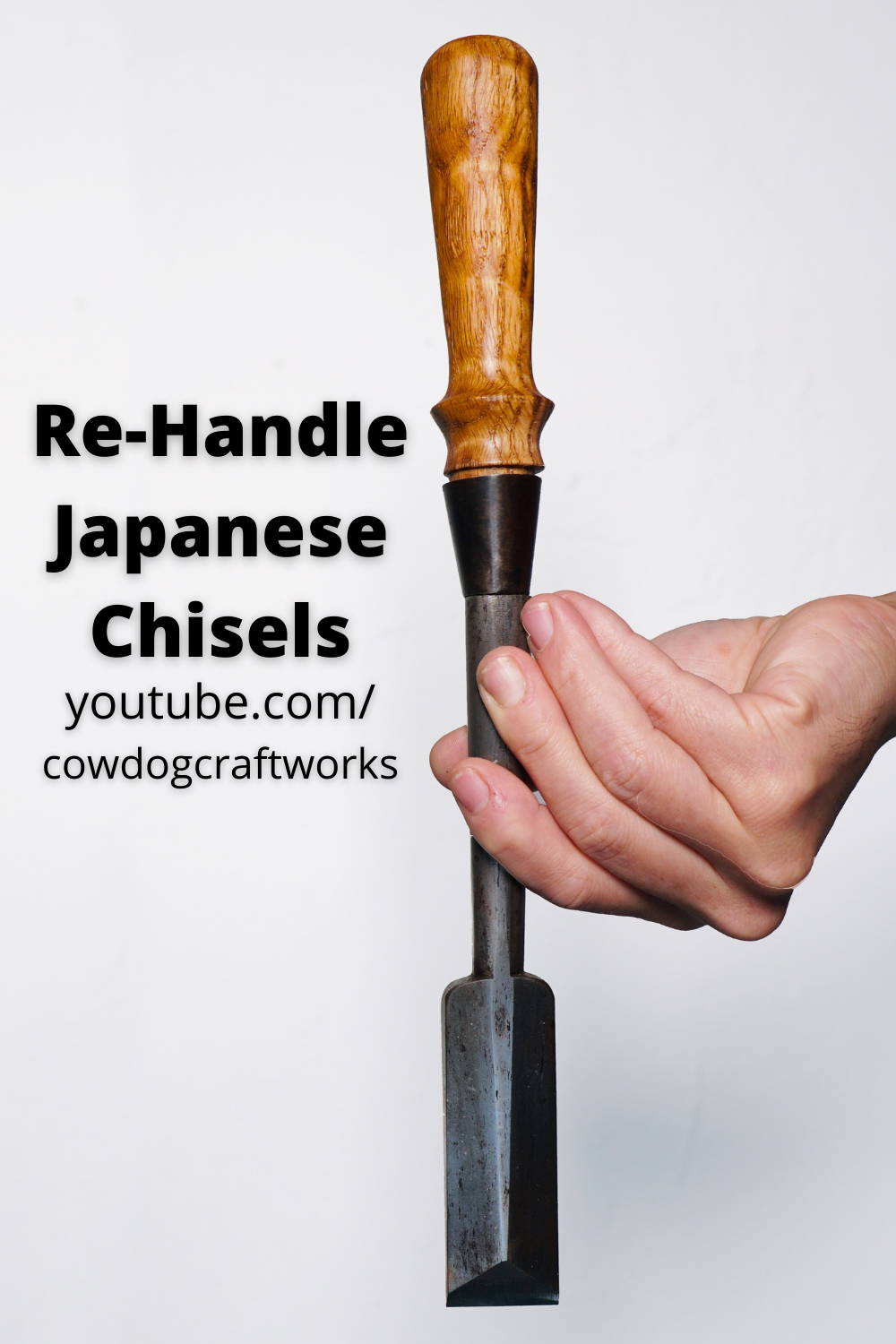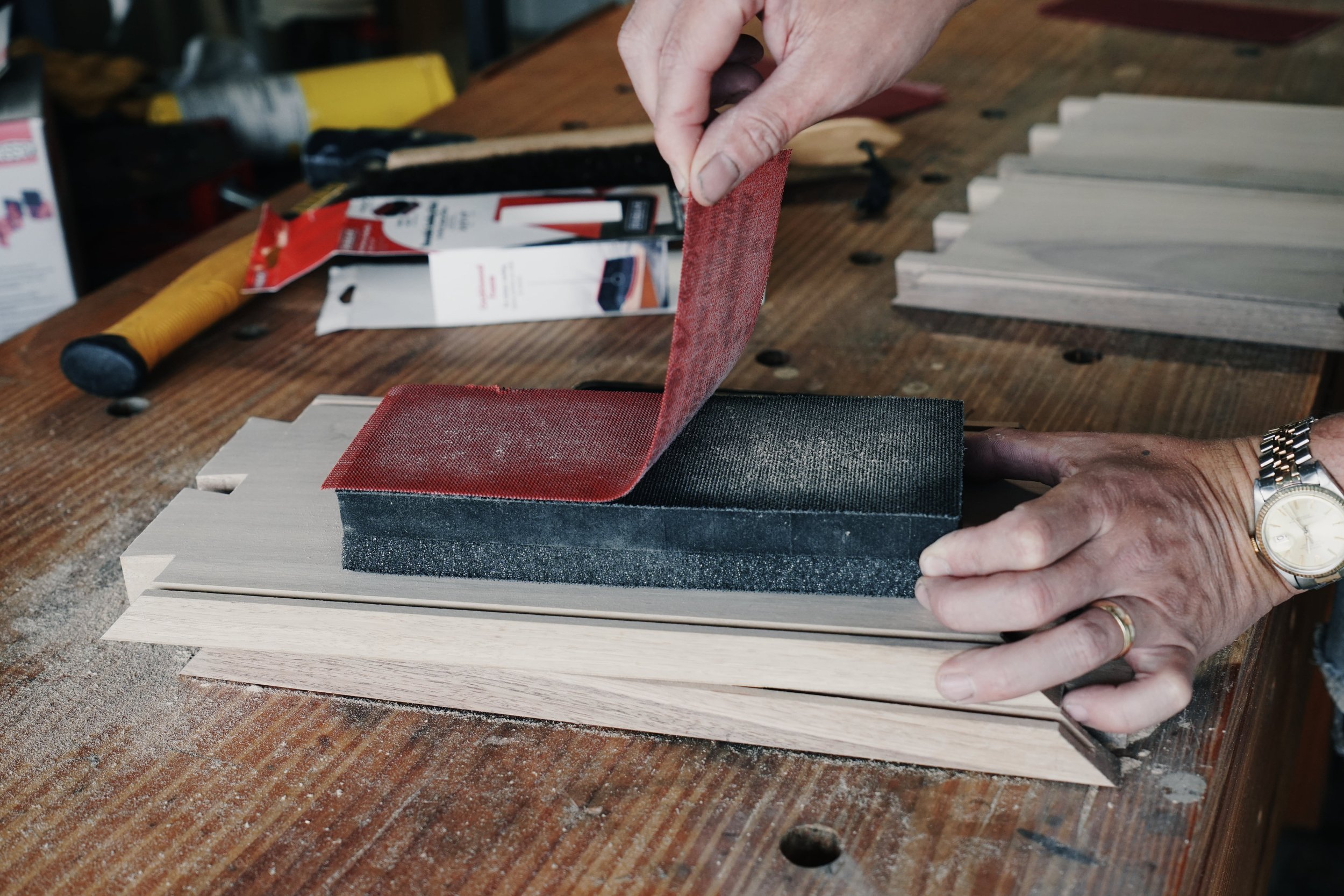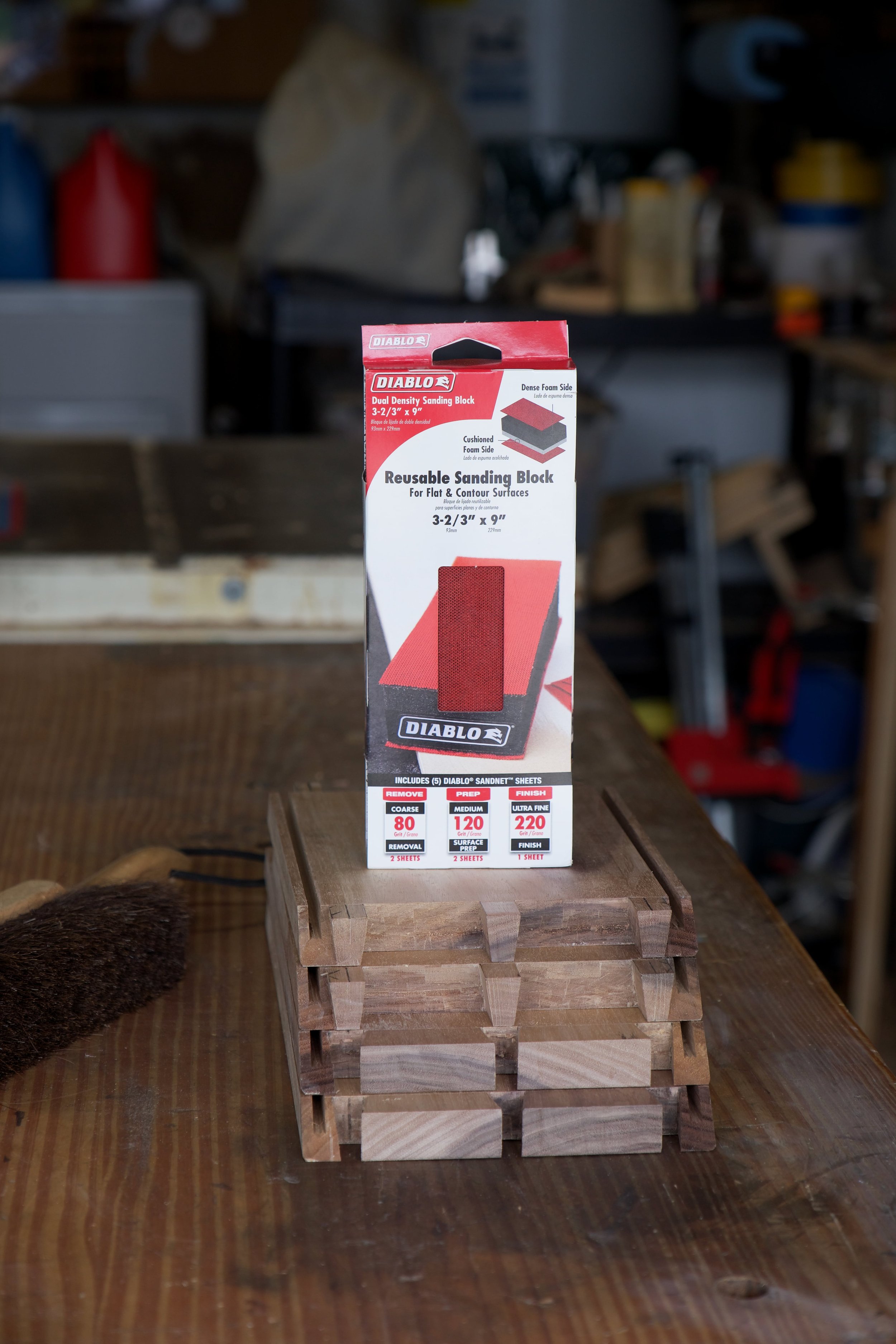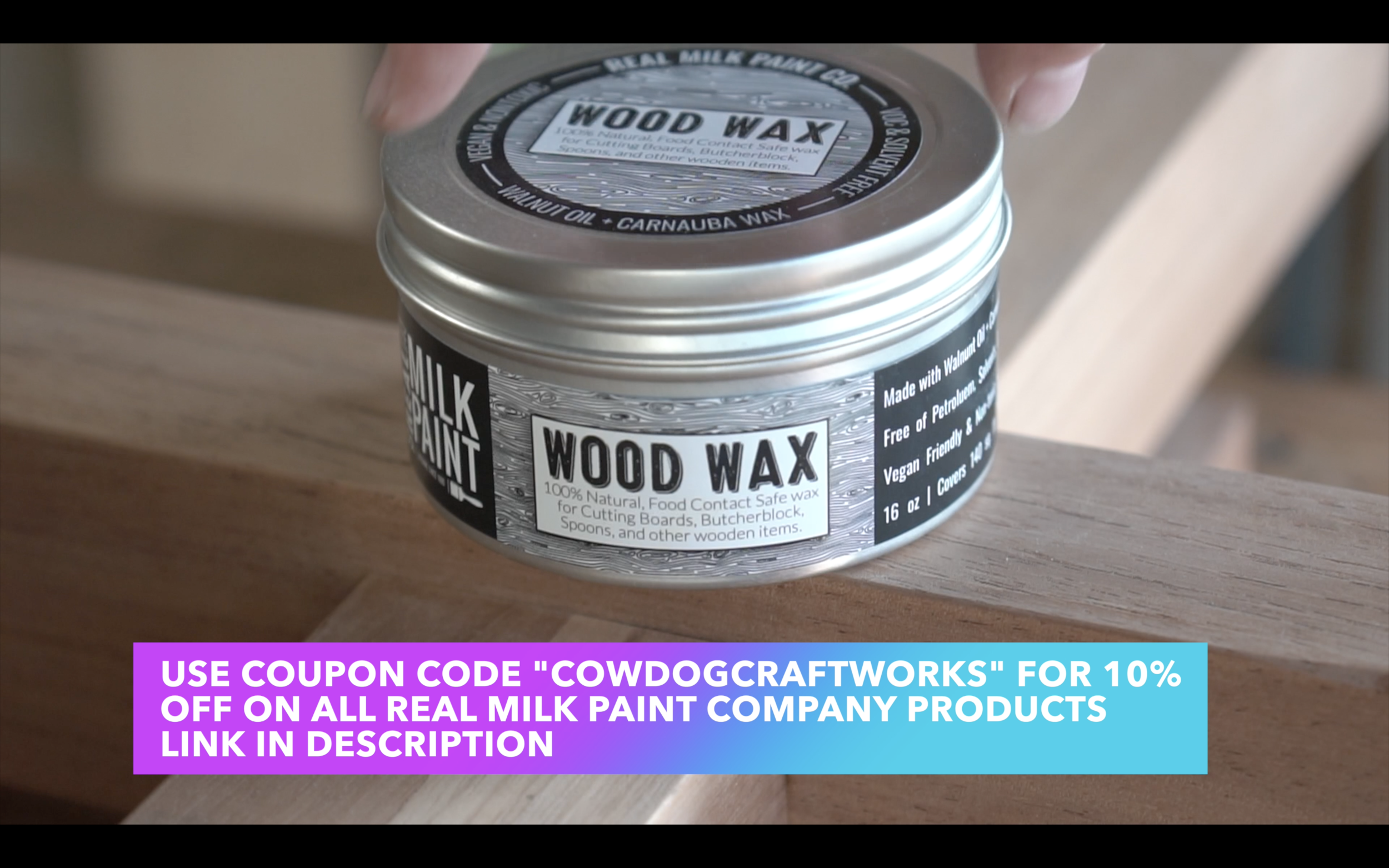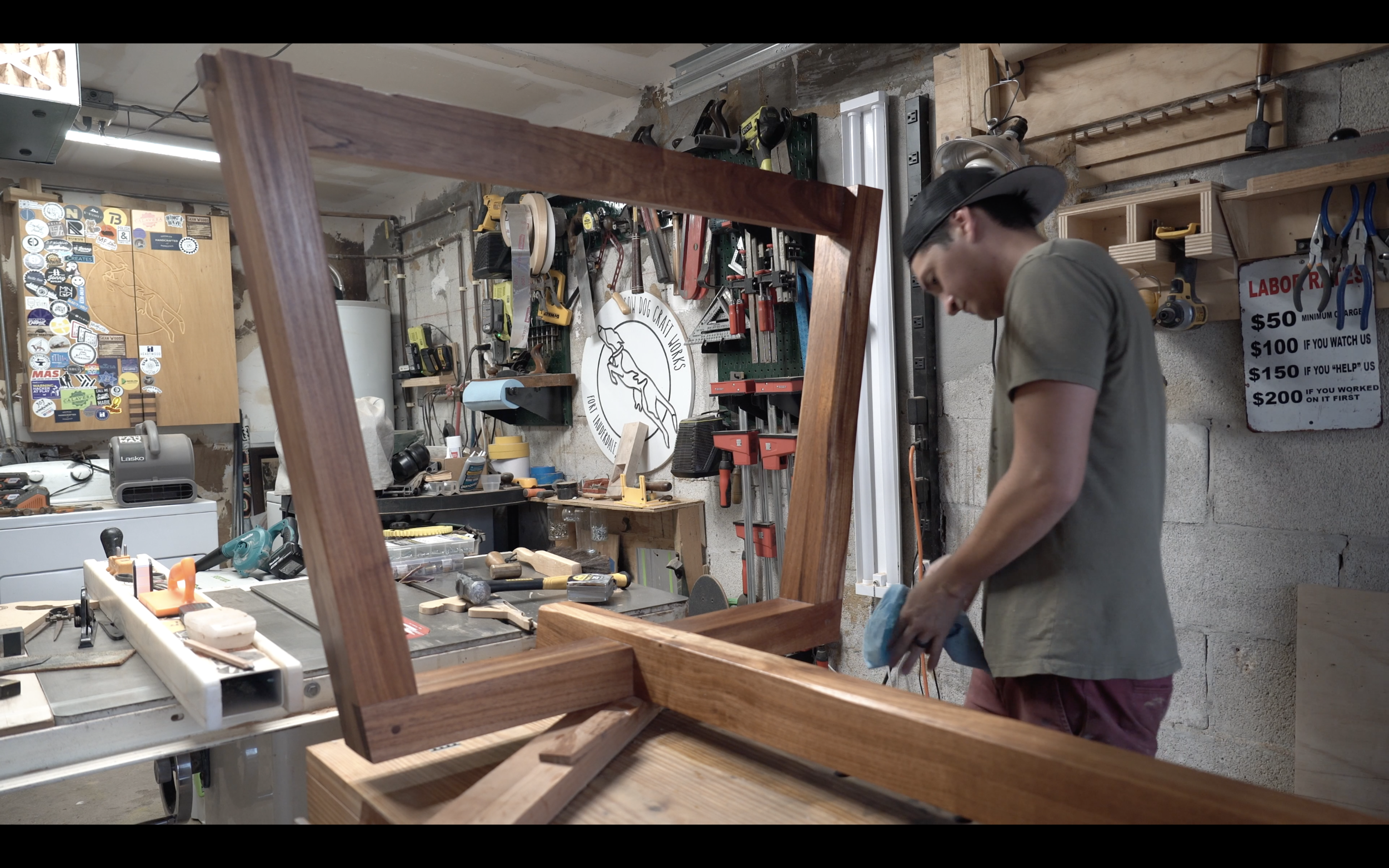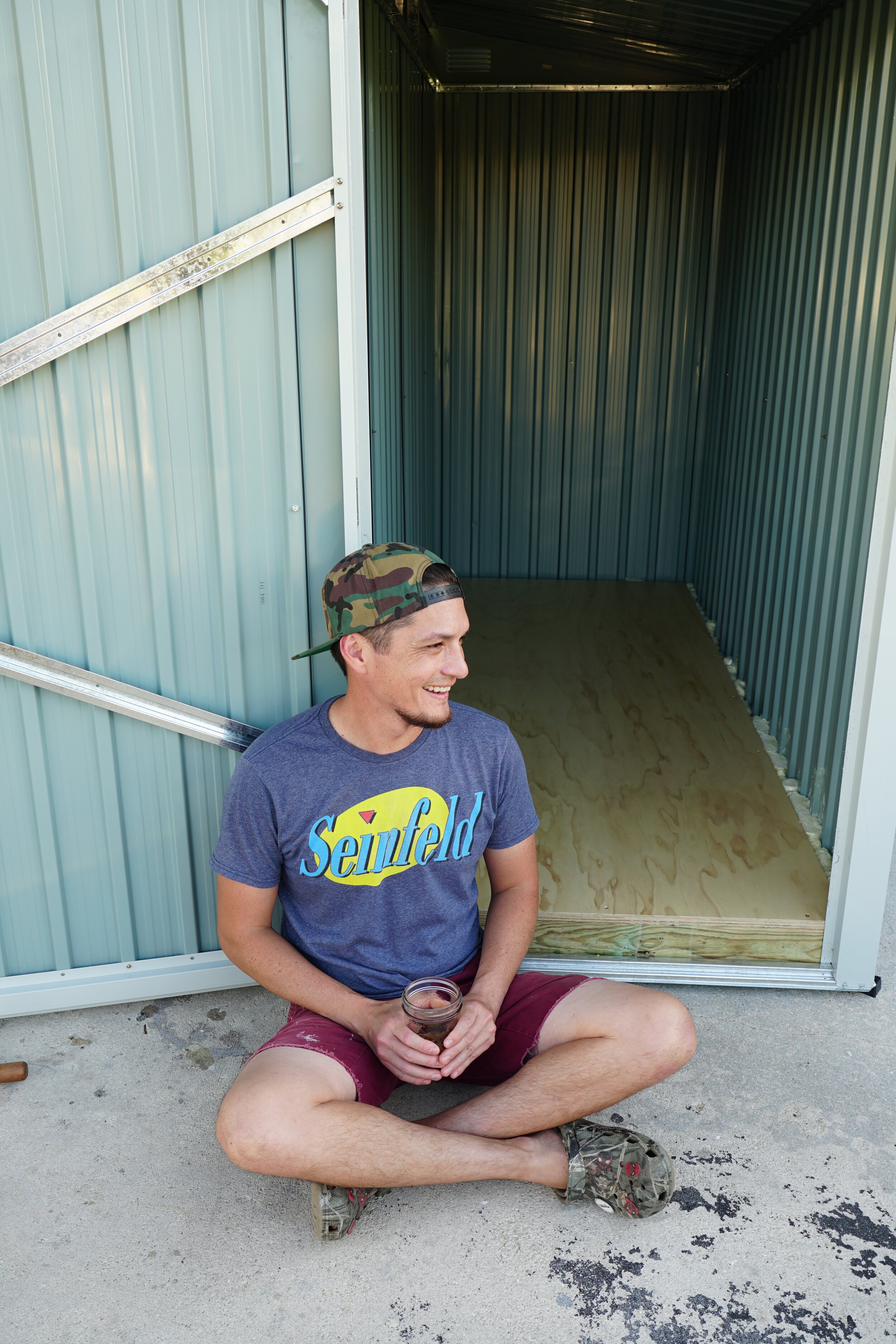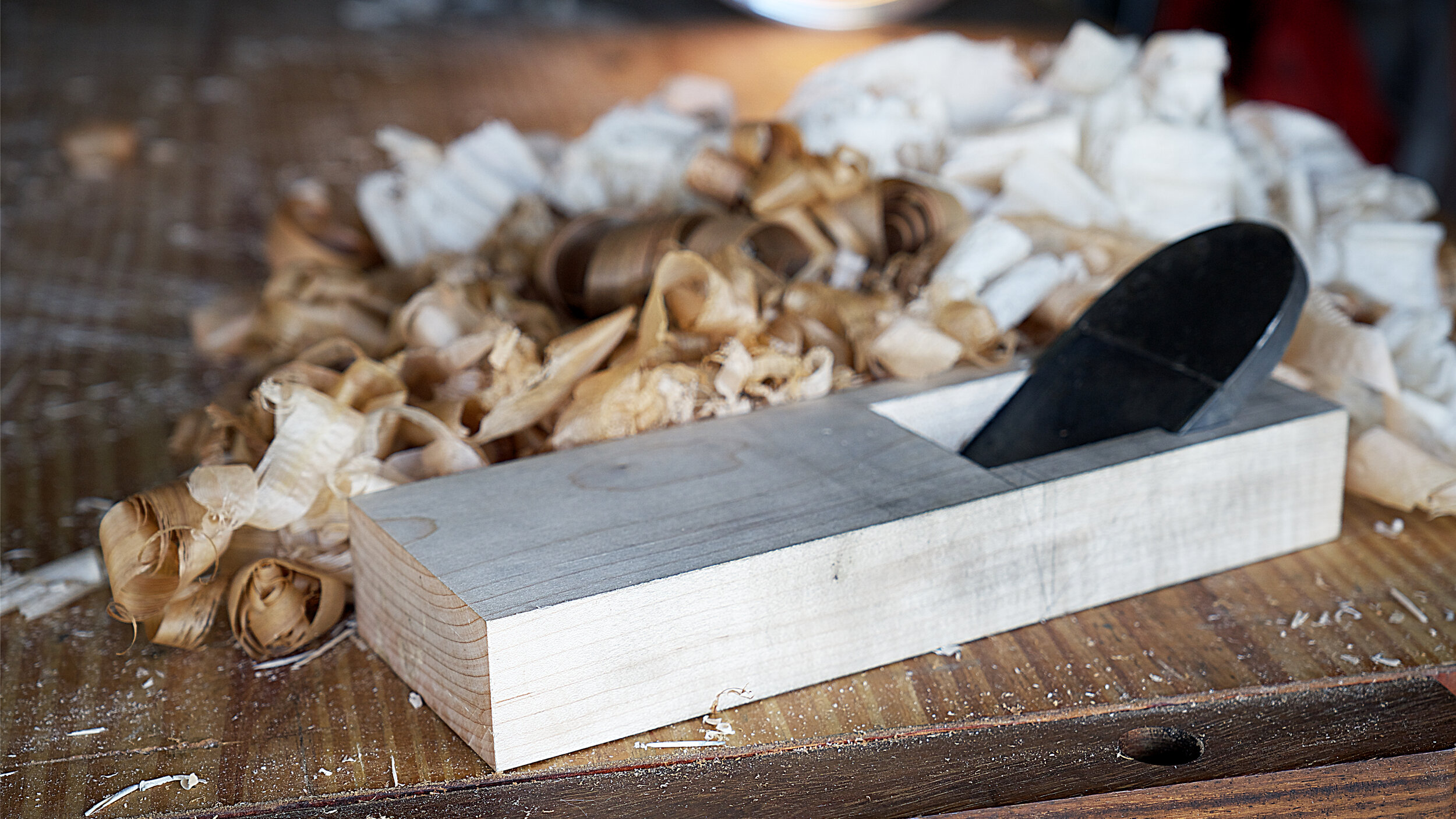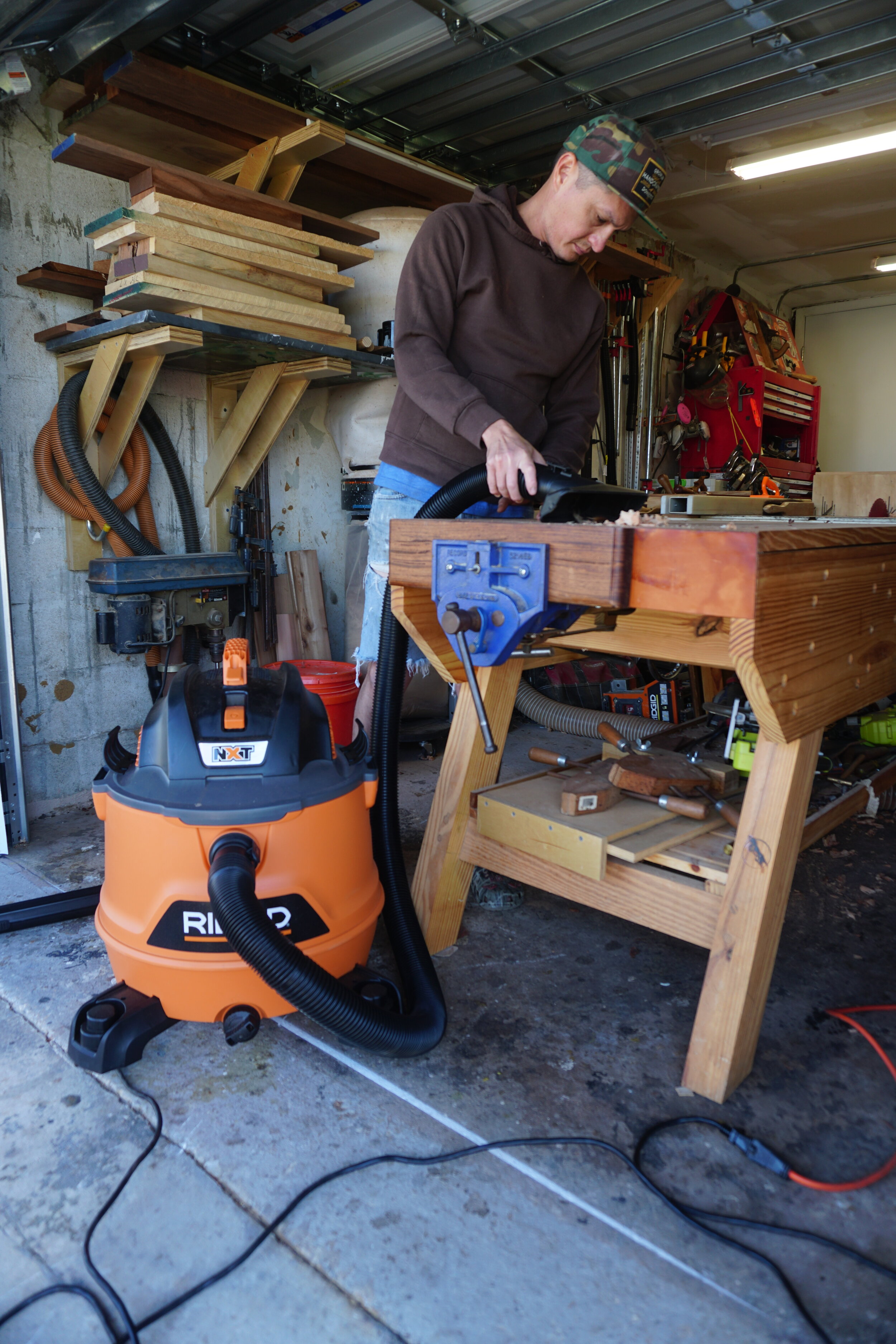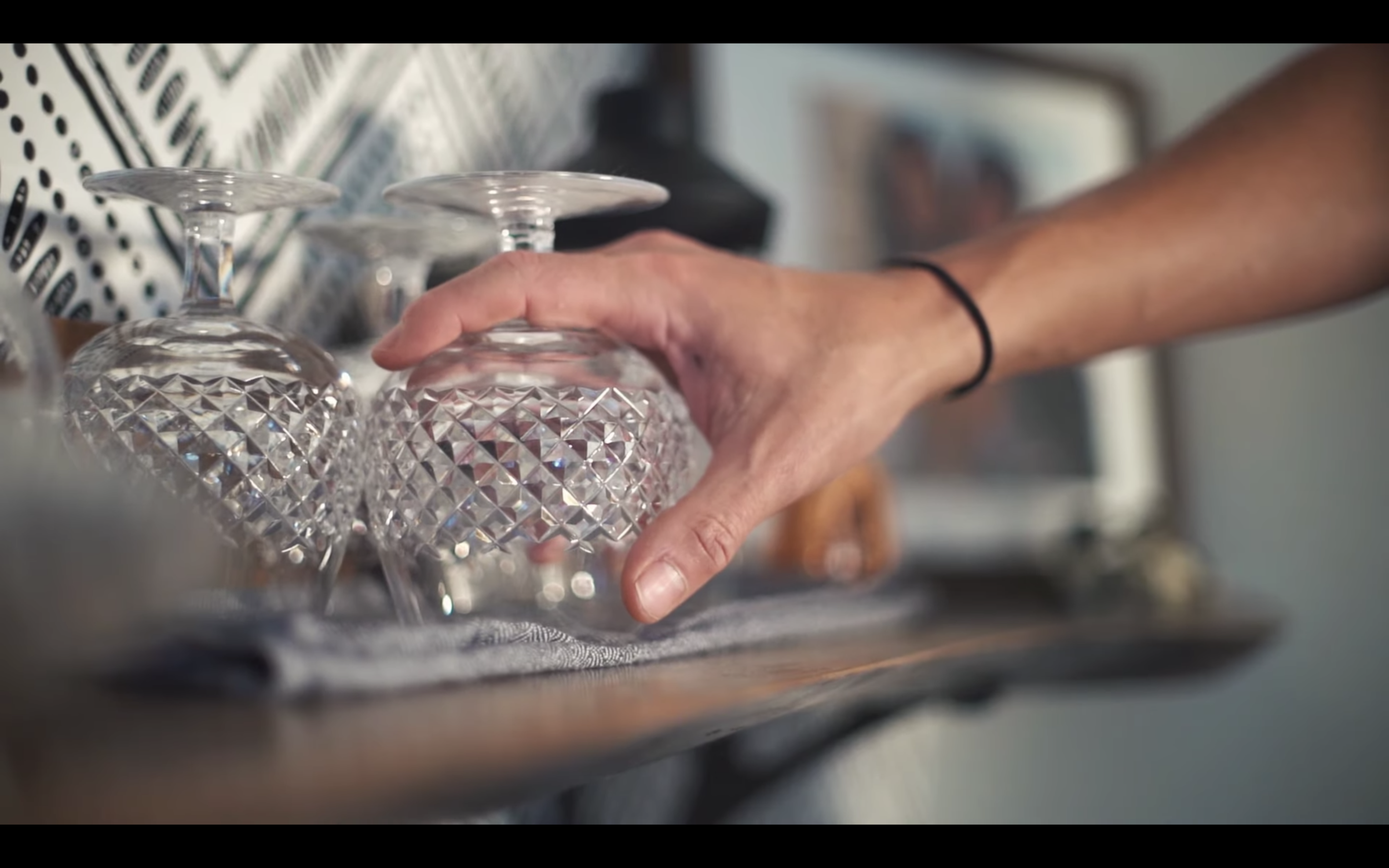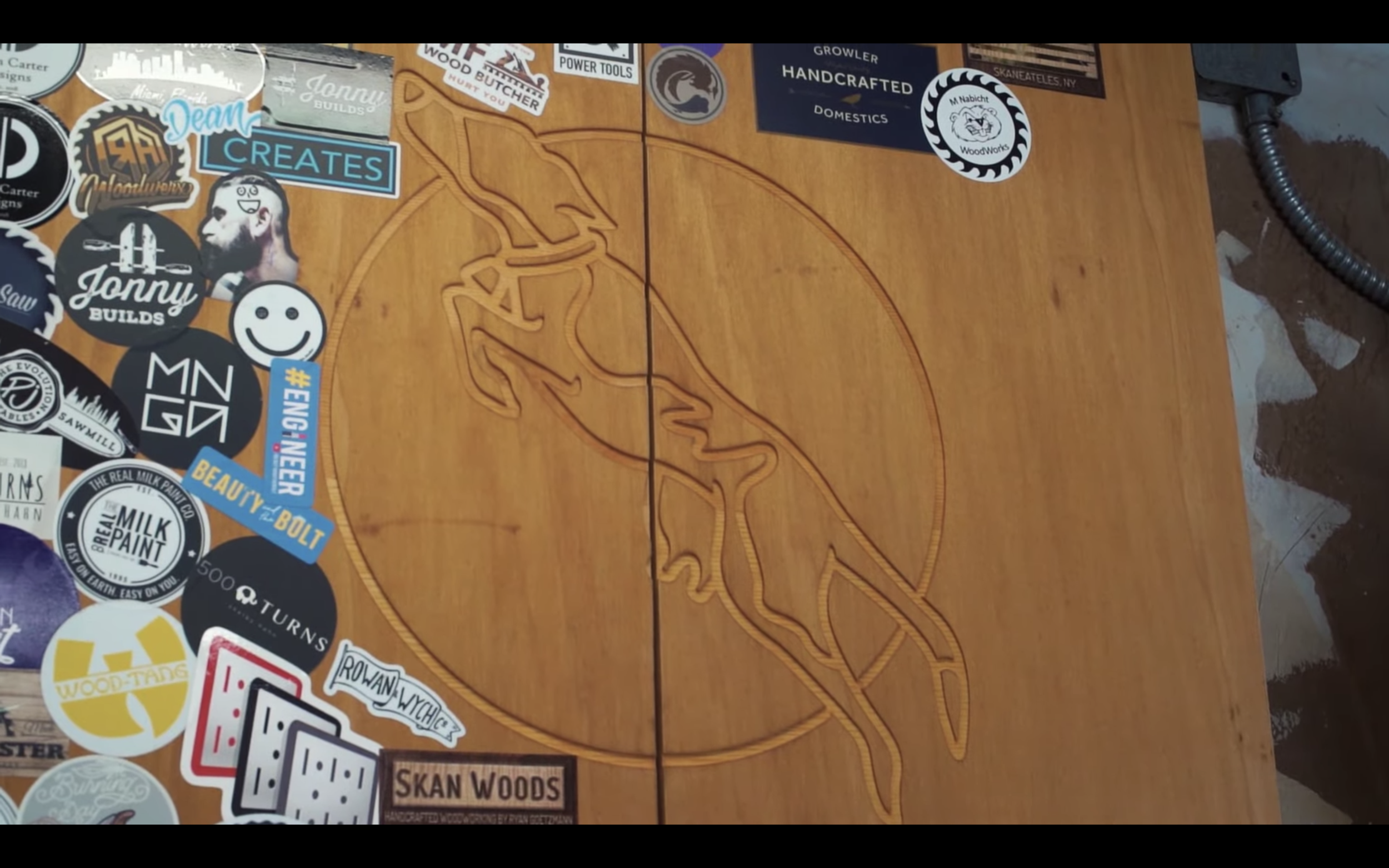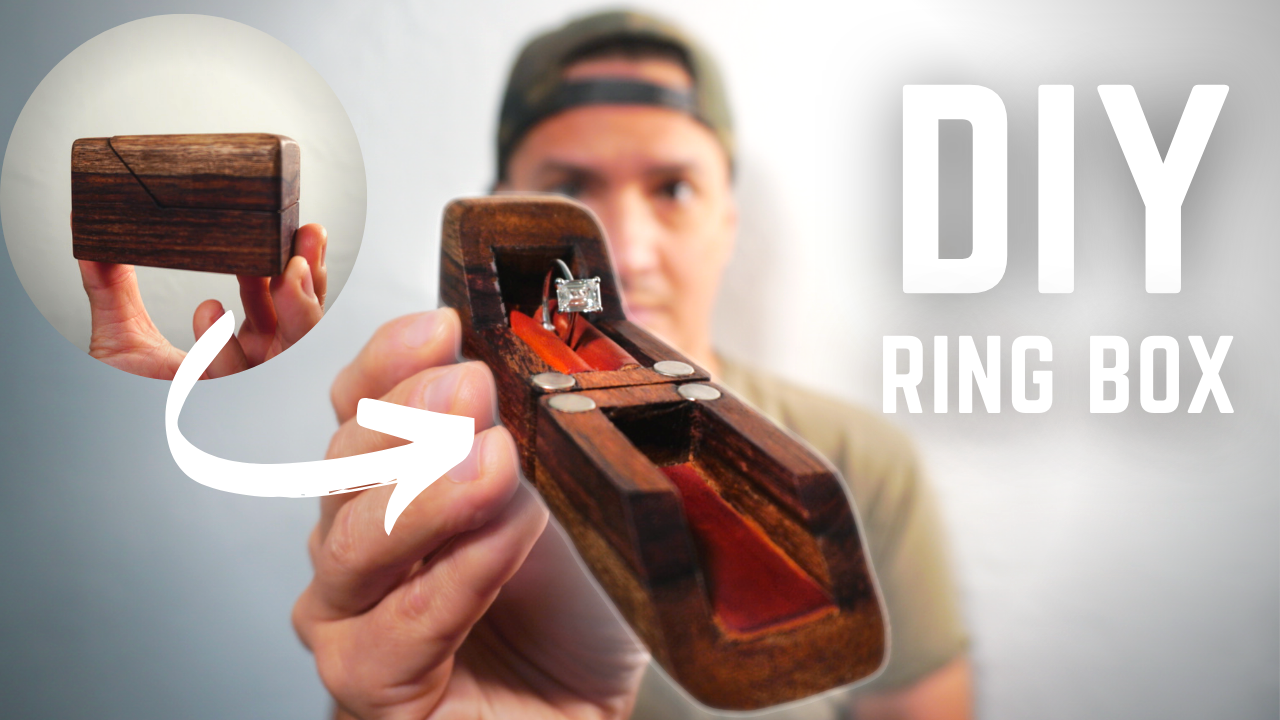A couple of years ago, my Father-in-law Dave mentioned that he wanted to have a built in library made for his massive book collection. Dave is an avid reader and has over the years amassed a ton of books. They’re littered all over a small corner of their house, occupying almost every conceivable space imaginable, sucking the light out of the room and even blocking windows. He passed this sketch over to me.
Dave’s hand drawn built-in library sketch.
Now being that I live in Florida and Dave lives in Iowa and we were just in town for the holidays, I did find it kind of interesting that he he had an “idea” and then produced a very specific and highly measured drawing of this library unit for his living room.
Flash forward to 2023, our daughter was just born in October, and shortly thereafter I had the idea that we could drive to Iowa and spend a few weeks in my wife’s hometown. It would give Rowan the opportunity to spend time with her Mom’s side of the family, be a much needed break while the both of us were on maternity/paternity leave, and give me an opportunity to do this build for Dave. Also, every time I mentioned taking on a new commission for anyone else for the past couple of years, my wife would mention this project for her Dad, so there was definitely the benefit of scratching it off the “honey-do” list.
The route from Fort Lauderdale to Burlington, Iowa.
The idea was this: I’d prep all the material in South Florida. I have a lumberyard here that has high quality plywood available and at a fairly reasonable cost (it’s still expensive). I can zip everything down to size, drive it all up, and then assemble and install on site. Easy enough right?
3D Model of the built-in library constructed in Shapr3D.
Well what that ignored was… well… everything. Turns out, choosing to take on a project like this about a month before it happening, with a newborn was not my smartest move. Only being able to get anywhere from one to three hours at a time to work was very difficult in terms of getting meaningful progress here at home. Let’s do some simple math here. If I had two hours to work, I’d spend thirty minutes typically getting setup. That’s rolling all my carts out of the garage to have usable work space, getting out whatever tools I’d need, and making sure my layout was correct for whatever task was on tap for that session. Then, before closing up shop that day, I’d spend thirty minutes cleaning up. That means, a two hour shop session turns into one hour pretty quick… and god forbid if mistakes were made, and they almost always were.
Using a 3D printed router base hooked into a tracksaw track to route a dado in plywood.
However, the unsung hero on the planning side of this project was something new to me. I’ve never messed around with digital/3d fabrication. SketchUp has always been very difficult for me to use and not particularly intuitive. Things like Fusion360 were just too rich for my blood. The idea of having to take a course to be able to even use a certain software just didn’t really rub me the right way. However, a friend of mine, Caleb Rogers, who builds a ton of tansu and butsudan, turned me on to Shapr3d. After him telling me how intuitive it was to use and to create a 2d sketch and then extrude it into a 3d model, I was very intrigued. Furthermore, there’s a fair bit of YouTube content out there on it. I highly suggest checking out Bevelish Creations’ videos. He does a few walk through design tutorials and I found that to be very helpful in the design process.
Before dealing with the frustrations of minimal shop time, I spent a fair bit of time designing this in Shapr3d and was able to send the models to Dave in Iowa and get approvals on the design. Flash forward to working on the project physically in the shop, I was able to take all the components and lay them out onto modeled sheets of plywood to be able to visually grasp my material needs. In the end, this project totaled out to nine sheets of 4x8’ plywood. I was able to get some beautiful rift sawn white oak veneered plywood which rang in a bit over $2000.
So I chopped it all up, now what? Well, now I had to load it into the back of the truck and drive to Iowa. This turned out to be a more stressful endeavor than I imagined. For starters, the day we left it was raining as though it was the start of the great flood. I was struggling to keep the plywood dry, and since someone always had to be watching the baby, it was next level difficult to try and load all our stuff in the truck. Bassinet, stroller, luggage, and not to mention we were bringing the cow dogs with us too so all their accoutrements as well. I also had to bring tools, and since I was driving fifteen hundred miles, I overpacked in that regard because I didn’t want to be missing anything upon arrival. Spoiler alert: I forgot a sander.
Driving through St. Louis, Missouri
With stops in St. Augustine, Chattanooga, and St. Louis, we arrived in Burlington, Iowa, exhausted and candidly a bit stinky.
Loading my Chevrolet Silverado 1500 in Fort Lauderdale, Florida for the road trip.
I immediately got to work sanding and staining everything. This was something I really wish I had done at home prior to leaving. Something not shown in the video is me taking a bunch of solid white oak and re-sawing it on the bandsaw to make my own trim. A couple mistakes were made in this regard. First, the time elapsed between the re-saw and the trip did not allow for a gentle enough humidity change. The wood’s moisture content was so greatly altered between hot and humid South Florida to freezing temperature Iowa that the wood became extremely brittle and had a ton of warp and not a lot of elasticity and play to it to be useful for trim. Furthermore, I didn’t know that Menard’s had an excellent selection of finish ready trim. There was a ton of affordable oak options that were milled with exceptional quality in a variety of different widths that made the need to bring my own trim obsolete. Therefore, had I used that time, milling in inclement South Florida weather before the trip, to sand and stain my components prior to leaving, or at the very least sand everything, I would have been on a much better schedule.
Speaking of stain, somehow when working with a client, there’s almost always something that doesn’t get communicated. Stain was something that was not communicated. I’d spent a lot of time in their home and almost all of their furniture is plain old white oak with a fairly standard semi-gloss finish on it. I presumed based on that, that the unit would also be the same. In fact, when I sent the 3d renderings to my father-in-law, they were all in, you guessed it, finished white oak. However, upon arrival it was brought to my attention that they wanted a “dark stain”, essentially walnut. I stood in the living room a little slack jawed, realizing that between the application and drying time of most stains in colder climates, I was instantly set back at least a day and a half. I also haven’t stained anything in a few years, something I’ve eliminated from my client work because of my own moral objection to staining wood to look like other wood.
Watco’s Danish Oil in Black Walnut: the exclusive stain of this project.
I went with Danish Oil for a number of reasons. One, it cures quickly, but more so, it stain needed to be touched up, I could do it with little issue. Danish Oil, because it doesn’t have a glossy finish and leaves that hand rubbed appearance, blends into itself very well. Therefore, at times, I could install components still tacky, and then back fill or fix problem areas with Danish Oil on the spot. As you watch the video, you might notice when I’m building the final doors that it looks like I’m building, staining, and installing, all within a couple of hours. You would in fact be correct. Using glues like quick and thick, along with a fast drying stain made this project all the more doable.
Fitting trim prior to scribing.
I should also mention that in cold climates, using FastCap Speed Tape to adhere edge banding is an awful idea. I was constantly having to go back and spot fix with super glue during the install process. I’m fully expecting when we’re back in the summer or perhaps this winter, I’ll have to do the same again. Conversely, just using the iron for edge banding worked exceptionally well. The glue adhered easily and I was able to use the banding trimmer easily and sand the corners in to blend everything well. Sometimes, the simplest answer is the correct one.
Trimming edge banding with a dual sided edge banding trimmer.
Scribing to the ceiling, floor, and walls was the detail that really made this build stand out from what it could have been. As with all my projects, I really want to push myself. I don’t want to be stagnant as a craftsman. I want to get better with every single build and scribing was something I’d never done in this large of an application. A good friend, Anthony Isoldi, works for BUILT in Tampa, a high end furniture and cabinetry firm. He’s regularly doing on site scribing in very high end properties with work that’s been built to the highest of standards, so after a few Facetime calls, I felt confident enough to do this (sarcasm).
Scribing white oak trim to the ceiling: dry fit before nailing.
What I can say is, a small benchtop bandsaw would have been far easier at following the insane curvature of this walls in this old house. Based on what I could deduce from the shape of the gaps between the cabinet and the wall, the entire “square” of the room was skewed slightly to the left. Ie. On the top left the gap was wide and the bottom right it was wide as well. It was essentially a parallelogram. Instead I used a track saw, which Anthony said he uses all the time at work. However, it was a bit difficult to use since the components were thin and extremely long. The tip I did love was back beveling everything that was going to contact the surface to be scribed to. That way, either with a block plane or a sander, you’re removing a minimal amount of material to get to the perfect fit.
The finished built-in library.
This build challenged me in a number of ways, most of all challenging my persistence and patience. We had to extend our trip another five days just so that I could finish and at one point, even after the extension, I was trying to find out how I could come back to be able to finish things that I didn’t get done. Luckily, I did finish though and it came out swimmingly. Not only is my father-in-law absolutely psyched but his wife is equally as happy with how everything turned out as well. Happy wife, happy life, as they say.
Dave and I about thirty minutes after I installed the cabinet doors, the final step.
Head over to the YouTube channel and check out the video. Hopefully you’ll learn some tricks but also be connected to my crippling anxiety as I race to try and finish.



















